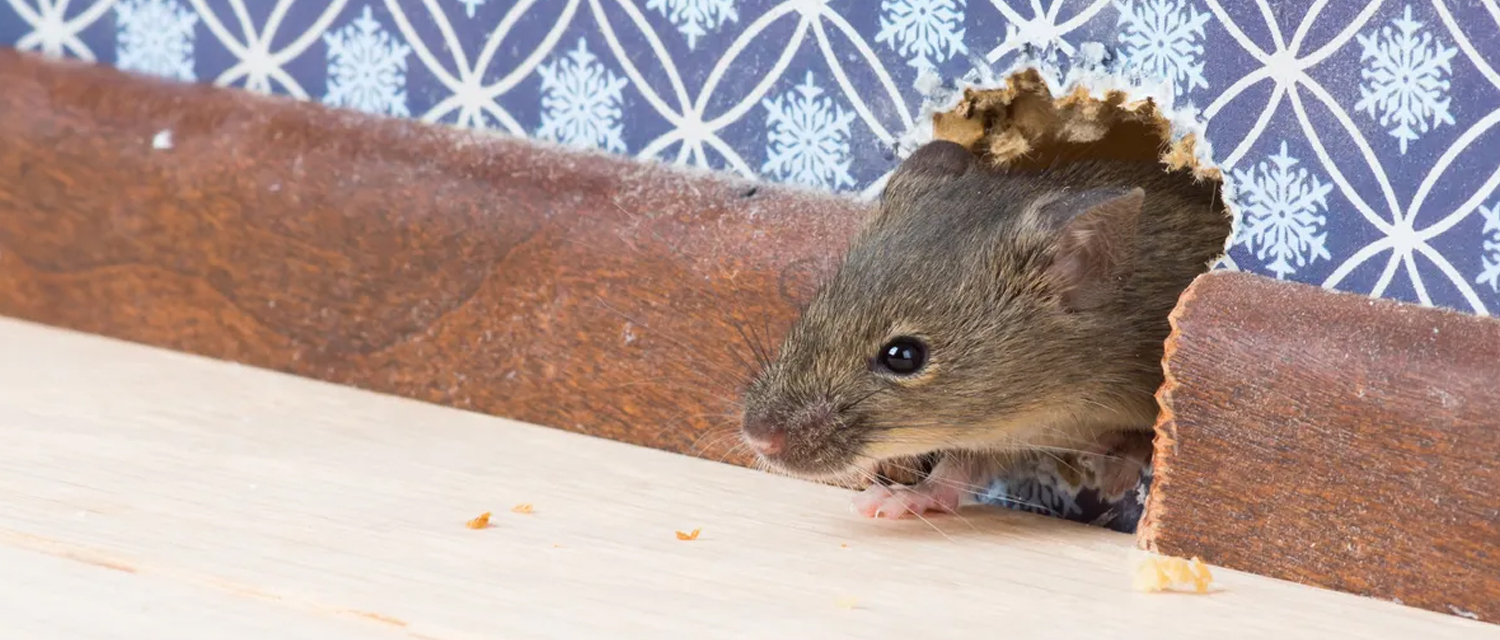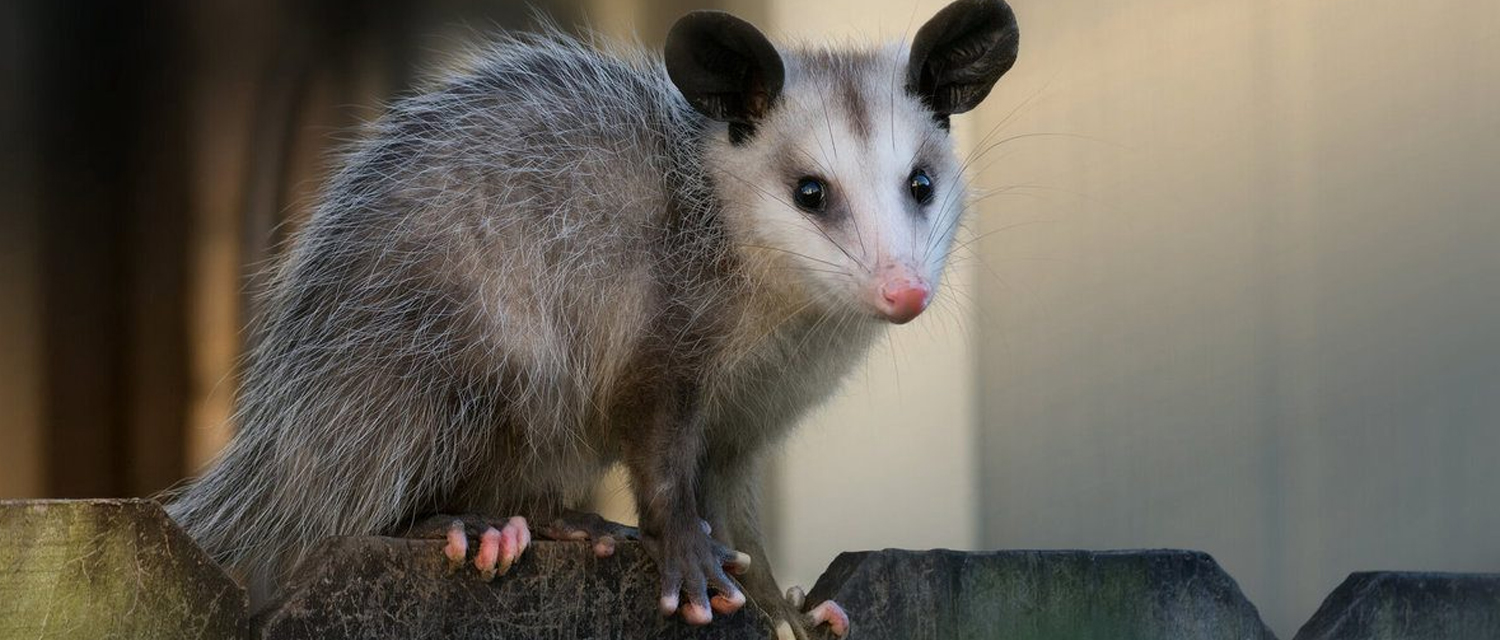Possums are a common sight in Australian backyards, often searching for food, shelter, or a safe place to nest. While they play an important role in local ecosystems, having possums rummaging through your garden, raiding fruit trees, or accessing your roof can be frustrating and disruptive.
Many homeowners turn to DIY possum deterrents to protect their homes and gardens. These solutions are often low-cost, humane, and easy to implement, making them an attractive first step before resorting to professional help.
In this guide, we’ll explore practical DIY methods for keeping possums out of your home and garden while safely coexisting with these nocturnal visitors.
Why DIY Works and Its Limitations
DIY possum deterrents can be effective when used correctly, but it’s important to understand their strengths and limitations.
Why DIY Can Work:
- Consistency Matters: Possums are creatures of habit; repeated deterrents can train them to avoid certain areas.
- Cost-Effective: Many solutions use household items or low-cost materials.
- Humane: No harm is done to the possums; they are simply encouraged to relocate.
Limitations of DIY:
- Persistent Possums: Determined possums may overcome simple barriers or sensory deterrents.
- Partial Solutions: DIY methods often address one factor at a time (e.g., food access) and may not stop nesting in roofs.
- Time and Maintenance: Many DIY strategies require regular upkeep to remain effective.
In short, DIY deterrents work best as part of a combined approach, alongside proper home maintenance and, if needed, professional assistance.
Physical Barriers
One of the most effective ways to keep possums out of your home and garden is by physically blocking their access. These DIY solutions create a strong, visible boundary that possums find difficult to bypass.
1. Fencing
- Install possum-proof fences around gardens or fruit trees using fine mesh or netting.
- Ensure the fence is at least 1.8 metres high and extends underground to prevent digging.
2. Tree and Roof Access Prevention
- Trim overhanging branches that provide easy roof access.
- Use metal collars or guards around tree trunks to prevent climbing.
3. Securing Roof Entry Points
- Check for gaps, vents, or loose tiles that possums could squeeze through.
- Seal entry points with durable materials like metal mesh or flashing.
Physical barriers are long-lasting and reliable when installed correctly, making them a cornerstone of any DIY possum proofing strategy.
Sensory Deterrents
Possums are sensitive to sudden changes in their environment, making sensory deterrents an effective DIY strategy. These methods startle or annoy possums, encouraging them to stay away without causing harm.
1. Motion-Activated Lights
- Sudden bright lights at night can scare possums off rooftops, gardens, or fruit trees.
- Solar-powered options are easy to install and energy-efficient.
2. Motion-Activated Sprinklers
- A quick burst of water discourages possums from entering gardens or yards.
- Works particularly well near fruit trees, compost, or vegetable patches.
3. Noise Devices
- Devices emitting high-frequency sounds or sudden noises can keep possums wary of an area.
- Be cautious of disturbing neighbours — aim for targeted placement.
4. Reflective Surfaces
- Reflective tapes, mirrors, or old CDs can startle possums as they move at night.
5. Safe Smell Deterrents
- Certain natural scents like citrus peels, garlic, or coffee grounds may be unpleasant for possums.
- Avoid harmful chemicals like mothballs or bleach, which can be toxic.
Sensory deterrents work best when combined with physical barriers and food management, creating a multi-layered defence against possums.
Food Management
Controlling food sources is a critical part of DIY possum deterrents. Possums are opportunistic feeders, and removing easy meals makes your property far less attractive to them.
1. Secure Compost and Bins
- Use tight-fitting lids on compost bins and garbage cans.
- Avoid leaving food scraps exposed overnight.
2. Protect Pet Food
- Keep pet food indoors or remove it immediately after feeding.
- Don’t leave bowls outside overnight.
3. Garden and Fruit Tree Management
- Pick fallen fruit promptly to prevent possums from feasting.
- Consider fruit netting over trees to create a barrier while allowing safe harvest.
4. Avoid Feeding Wildlife
- Resist feeding possums directly; this encourages them to linger around your home.
By managing food effectively, you reduce the incentive for possums to enter your yard, making all other DIY deterrents more effective.
Alternative Nesting Options
Providing possums with safe, alternative places to nest can help keep them out of your roof, attic, or garden structures.
1. Install Possum Boxes
- Place nesting boxes in trees away from your home.
- Ensure boxes are weatherproof, elevated, and secure.
2. Encourage Natural Shelter Away from Home
- Dense shrubs or trees can serve as natural habitats, reducing the need for possums to enter your roof.
3. Monitor and Maintain
- Regularly check boxes for occupancy and clean or replace materials as needed.
- Avoid boxes near food sources to prevent possums from associating your home with easy meals.
Providing alternative nesting sites is a humane way to coexist with possums while protecting your property.
When DIY Isn’t Enough
While DIY deterrents can be effective for minor possum problems, there are situations where professional intervention is necessary:
Signs You Need Professional Help
- Persistent Roof Visits: Possums keep returning despite deterrents.
- Structural Damage: Chewed insulation, wiring, or timber in roof spaces.
- Health Risks: Large accumulations of droppings cause contamination.
- Multiple Possums: A growing population makes DIY methods impractical.
Benefits of Calling Licensed Wildlife Handlers
- Safe and humane removal in compliance with Australian laws.
- Proper inspection, eviction, and possum-proofing.
- Reduces long-term damage and health risks.
DIY methods work best as a first line of defence, but professional help ensures a safe, permanent solution for serious infestations.
Conclusion
DIY possum deterrents can be effective, low-cost, and humane, helping to keep possums away from your home and garden. From physical barriers and sensory deterrents to food management and alternative nesting options, these methods reduce the likelihood of unwanted possum visits while promoting safe coexistence.
However, for persistent infestations or roof-dwelling possums, DIY methods may not be enough. Calling licensed wildlife professionals ensures safe removal, proper possum-proofing, and compliance with Australian wildlife laws.
Combine DIY strategies with professional advice for a safe, effective, and stress-free solution to possum problems.







